Garlic powder is a common ingredient in many of our daily recipes and has been appreciated for its flavour-enhancing properties for years. However, recent studies have shed light on the presence of sodium in garlic powder and its potential health hazards.
Sodium is an essential mineral that helps maintain fluid balance and promotes nerve and muscle function. However, excessive sodium intake can lead to high blood pressure, which increases the risk of heart disease and stroke.
Garlic powder is often used as a substitute for fresh garlic, and many people use it as a seasoning for their food. However, they may not know that garlic powder contains significant sodium, which can contribute to daily sodium intake and pose health risks. Here we will explore the truth about sodium in garlic powder and its impact on our health.
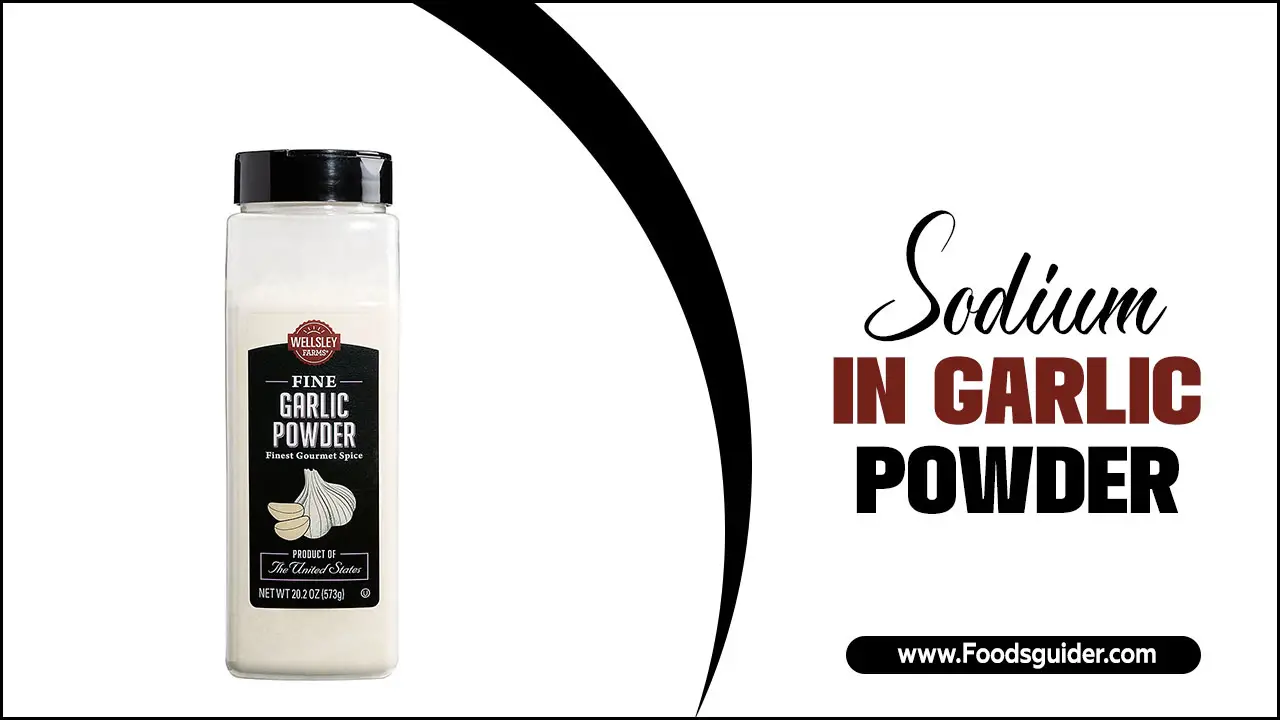
Sodium In Garlic Powder: A Comprehensive Analysis
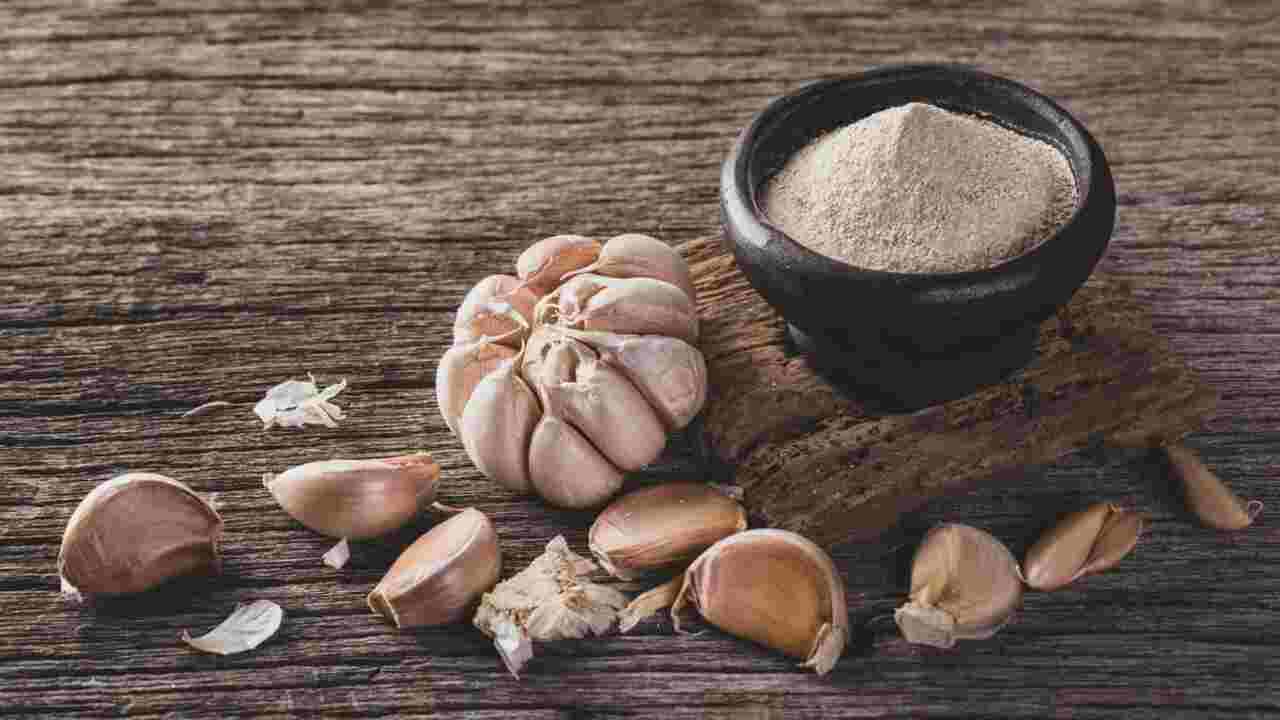
Sodium in garlic powder varies depending on the brand and manufacturing process. Typically, garlic is low in sodium, but some commercial garlic powders may contain added salt for flavor enhancement or as an anti-caking agent. It’s crucial to check the nutrition label for specific sodium levels.
Excessive sodium intake can contribute to high blood pressure and other health issues. Low-sodium or salt-free garlic powder alternatives are available for individuals on sodium-restricted diets or concerned about their salt intake. Moderation is key to enjoying the flavor and benefits of garlic powder while maintaining a balanced diet.
Sodium In Garlic Powder:

Garlic powder, a common spice derived from dehydrated garlic bulbs, may contain sodium due to the addition of salt during processing. While the sodium content can vary depending on the brand and preparation method, it’s crucial to be mindful of its presence, especially for individuals on a low-sodium diet or those with hypertension.
Sodium plays a vital role in maintaining bodily functions, but excessive intake can lead to health issues such as high blood pressure and increased risk of heart disease. Therefore, individuals should be cautious while using garlic powder in their cooking and opt for low-sodium or sodium-free alternatives if necessary.
One can use fresh garlic or explore various salt-free seasonings to reduce sodium intake. Additionally, checking food labels for sodium content and adjusting overall dietary habits can contribute to a healthier lifestyle and minimize potential health risks associated with excessive sodium consumption from garlic powder.
Sodium Measurement Methods:
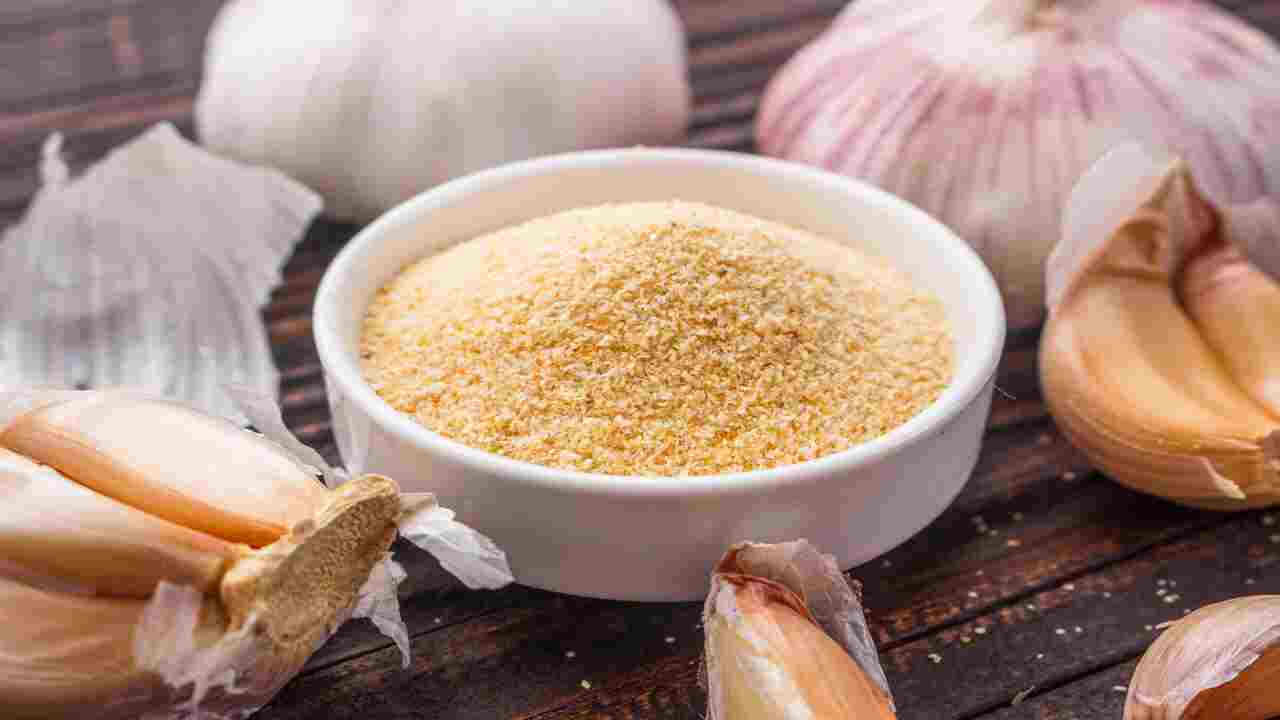
Sodium measurement in garlic powder is essential for monitoring its nutritional content and ensuring adherence to dietary guidelines. Several methods are used for sodium analysis, each with distinct advantages and limitations.
One commonly employed technique is flame photometry, which involves burning a sample and measuring the characteristic wavelength of sodium emission. This method offers rapid results and reasonable accuracy, but interference from other elements can affect its precision.
Alternatively, atomic absorption spectroscopy (AAS) enables selective detection of sodium atoms based on their absorption of light at specific wavelengths. Although AAS provides higher sensitivity and specificity, sample preparation can be time-consuming.
Furthermore, the more modern and widely adopted method is ion-selective electrode (ISE) analysis. This approach involves immersing a sodium-sensitive electrode into a garlic powder solution, generating an electrical potential proportional to the sodium concentration. ISE offers fast, precise, and convenient results, making it a favoured choice for routine sodium analysis.
Labelling Regulations:
Labelling sodium regulations in garlic powder is essential to inform consumers about the sodium content and help them make informed choices. The Food and Drug Administration (FDA) mandates that manufacturers accurately label the sodium content in their products, including garlic powder, to ensure transparency and promote public health.
The label must display the sodium amount per serving, typically in milligrams (mg). Moreover, the FDA provides guidelines on the use of specific terms like “low sodium,” “reduced sodium,” or “salt-free” to assist consumers in identifying suitable options for dietary needs.
By adhering to these regulations, manufacturers contribute to reducing excessive sodium consumption, which is linked to various health issues like high blood pressure and heart disease. As a result, clear and accurate labelling empowers consumers to make well-informed decisions when incorporating garlic powder into their diets, promoting a healthier lifestyle overall.
Sodium Recommended Daily Intake:
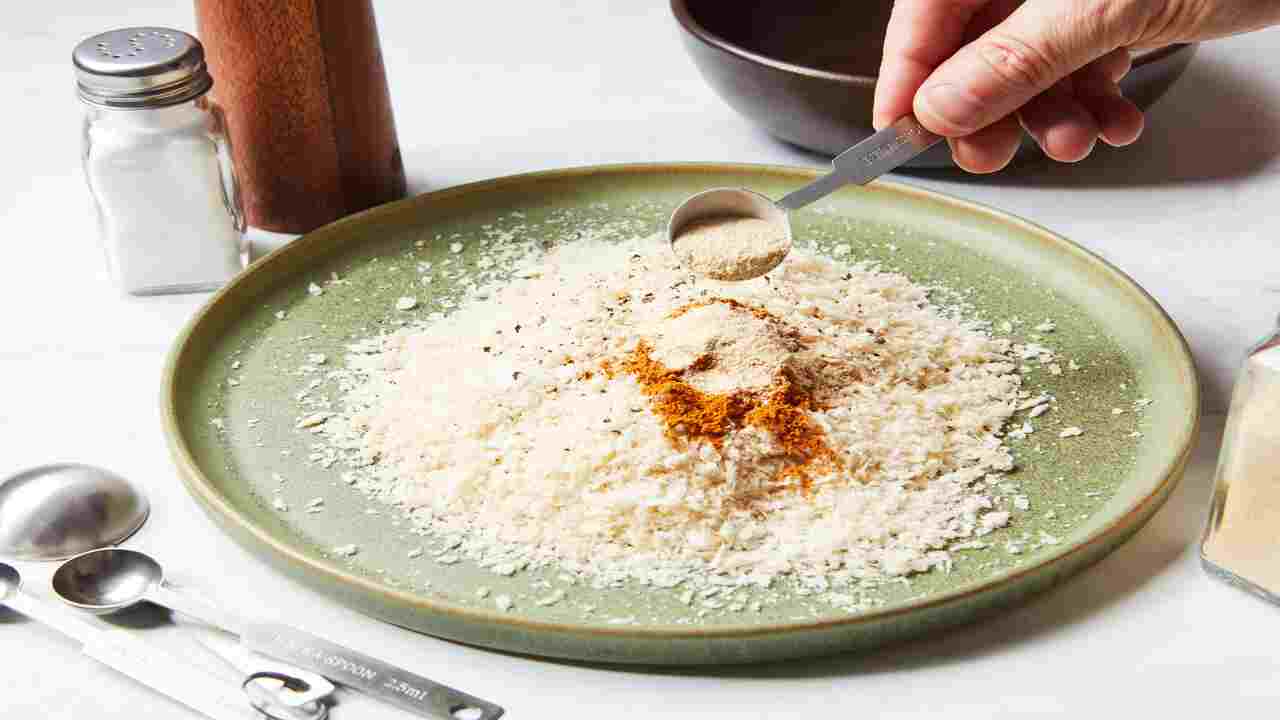
The recommended daily sodium intake varies depending on age, health status, and other factors, but health authorities generally suggest an average intake of 2,300 milligrams per day for healthy adults. However, the recommended intake may be lower for individuals with certain health conditions, such as hypertension or kidney disease, around 1,500 milligrams per day.
As for garlic powder, it contains sodium since it is made from dried garlic bulbs. The amount of sodium in garlic powder can vary depending on the brand and manufacturing process. On average, one teaspoon (about 2.8 grams) of garlic powder may contain around 1-2% of the daily recommended sodium intake.
It’s crucial to be mindful of the sodium content in garlic powder and other food items, especially if you aim to limit your sodium intake. Always check nutrition labels, choose low-sodium alternatives, and consider using fresh garlic or other herbs and spices to flavour your dishes more healthily.
Health Implications:
Garlic powder is a popular seasoning used in various cuisines worldwide, but it contains a significant amount of sodium, which can have health implications. High sodium intake increases the risk of hypertension, heart disease, and stroke.
Excessive sodium intake can lead to water retention, elevate blood pressure, and strain the cardiovascular system. For individuals with hypertension or kidney issues, consuming garlic powder in large quantities may worsen their condition.
Moreover, high-sodium diets may contribute to osteoporosis and kidney stones. To mitigate these health risks, individuals should limit their intake of garlic powder and other high-sodium foods, opting for fresh garlic or other low-sodium seasonings.
A balanced diet rich in fruits, vegetables, and whole grains can help maintain overall health and reduce sodium-related health problems. Reading nutrition labels and making informed choices are essential to promote better well-being.
Low-Sodium Alternatives:
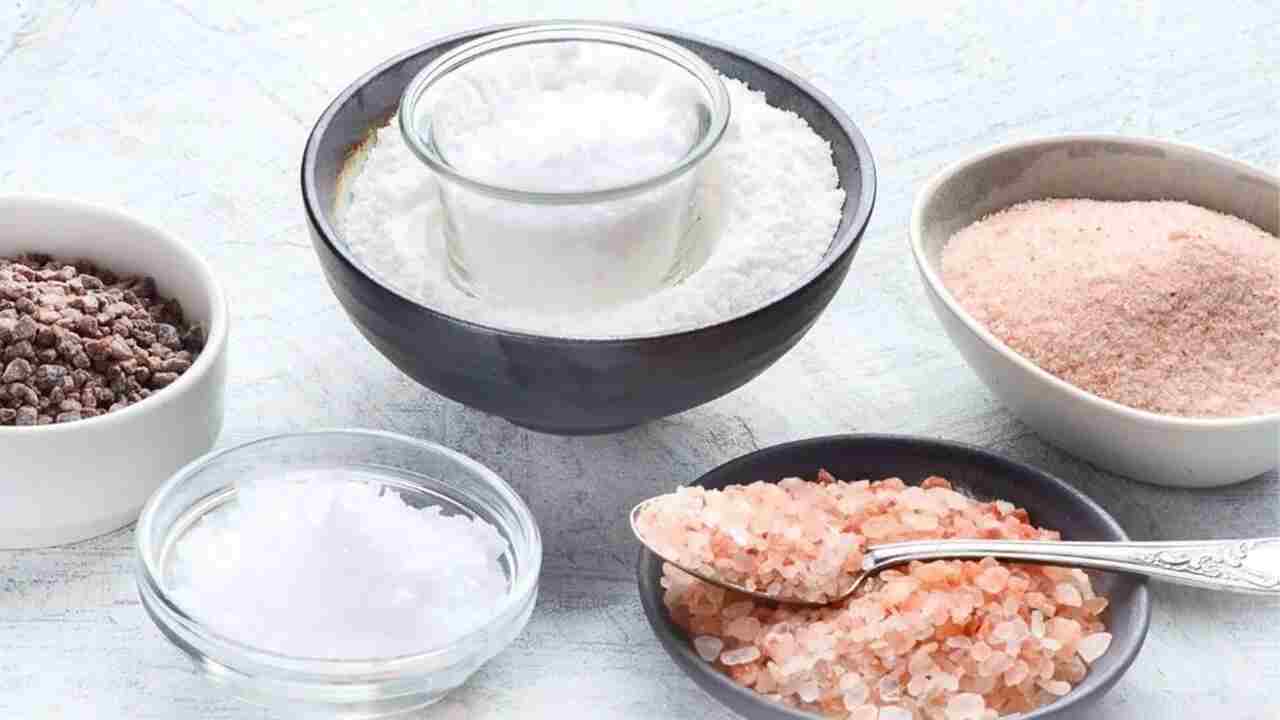
Garlic powder is a popular seasoning that imparts a savoury flavour to various dishes. However, it often contains high sodium levels, which can harm those with hypertension or other health conditions requiring a low-sodium diet. Several low-sodium alternatives to traditional garlic powder are available to address this concern.
One option is to use fresh or minced garlic cloves with negligible sodium content and the same distinct flavour. Additionally, garlic-infused oils can provide a flavorful substitute without added sodium. Another alternative is garlic granules, made from dehydrated garlic with reduced sodium levels compared to garlic powder.
Herb blends containing garlic and other salt-free seasonings are also readily available. These blends can enhance dishes with a similar taste profile while remaining low in sodium.
Finally, experimenting with other aromatic herbs and spices, like onion powder, shallots, or smoked paprika, can add depth to recipes without relying heavily on sodium. By incorporating these low-sodium alternatives, individuals can continue to enjoy the rich taste of garlic without compromising their health.
Factors Affecting Sodium Content In Garlic Powder
The sodium content in garlic powder can affect by various factors. One of the main factors is the source of the garlic handy in the powder. Garlic grown in high-sodium soil will naturally have a higher sodium content.
Additionally, the processing and manufacturing of garlic powder can impact its sodium content. Some manufacturers add salt to their garlic powder as a flavour enhancer, which can significantly increase the sodium content.
On the other hand, some manufacturers use a low-sodium processing method to reduce the sodium content. Another factor that can affect sodium content is the storage of the garlic powder. If stored in a humid environment, the powder can absorb moisture and salt from the air, increasing its sodium content.
Overall, consumers need to read the nutrition labels on garlic powder products to determine their sodium content and choose products with lower sodium levels if necessary.
Strategies For Reducing Sodium In Garlic Powder

Garlic powder is a common kitchen ingredient that adds flavor and aroma to a variety of dishes. However, it is also a significant source of sodium which can contribute to health issues such as high blood pressure. As such, it is important to adopt strategies for reducing the sodium content in garlic powder.
One of the most effective strategies is using fresh garlic instead of garlic powder. Fresh garlic has a much lower sodium content and provides a more intense flavour. Another strategy is to use low-sodium or no-salt-added garlic powder.
These products are specially formulated to contain less sodium without compromising flavour. Making your garlic powder at home using fresh garlic and a dehydrator is also possible. This allows you to control the amount of sodium in the final product.
Conclusion
So, what’s the bottom line of garlic powder? It’s time to spice up our understanding of this humble seasoning. While it may seem innocent enough, the truth about sodium in garlic powder is a real eye-opener.
From flavour enhancer to a health hazard, the sodium content in garlic powder is nothing to sneeze at. Garlic powder comprises ground-dried garlic, salt, and other spices, depending on your chosen brand. The problem is that most garlic powders are highly concentrated in sodium.
But fear not, garlic lovers! Moderation is key, and there are plenty of ways to enjoy garlic’s bold flavour without risking your health. So go ahead and sprinkle away; just keep an eye on your sodium intake and savour every savoury bite.
FAQs:
1.What Is The Role Of Sodium In Garlic Powder?
Ans: Garlic powder blends garlic and other spices, such as onion powder and paprika. It is usually used to season dishes and add flavor. Sodium helps to preserve garlic powder by slowing the chemical reactions that cause it to deteriorate over time.
2.Is Garlic Powder High In Sodium?
Ans: Garlic powder is a spice that is made from ground garlic. While garlic does not contain a significant amount of sodium, the powder is typically processed with sodium and other additives, which may contribute to the overall sodium content.
3.How Much Sodium Is Usually Present In Garlic Powder?
Ans: The amount of sodium in garlic powder can vary among different brands, but on average, one teaspoon (about 2.8 grams) of garlic powder may contain around 1,000-1,200 mg of sodium. This amount of sodium is generally considered high, and some people may be sensitive to it.
4.Should I Avoid Garlic Powder Altogether To Reduce Sodium Intake?
Ans: Garlic powder is a natural seasoning high in sodium, so using it in moderation can help lower your sodium intake. However, it may not be necessary to eliminate it altogether if you have a low-sodium diet. Be mindful of your sodium intake and consult with a registered dietitian or medical professional if you have concerns.
5.What Are Some Other Sodium-Rich Sources To Watch Out For In My Diet?
Ans: Apart from garlic powder, some common high-sodium sources include processed foods (canned soups, snacks), fast foods, condiments (soy sauce, ketchup), and certain cheeses. Being mindful of these sources can help you manage your sodium intake better.
Meet Joseph Bryant, the creative force behind Foodsguider. As a self-taught chef and passionate food explorer, Joseph Bryant invites you to savor the journey through delightful recipes and the stories that accompany them. From kitchen adventures to the joy of sharing, join Foodsguider in celebrating the magic of good food and lasting memories.
